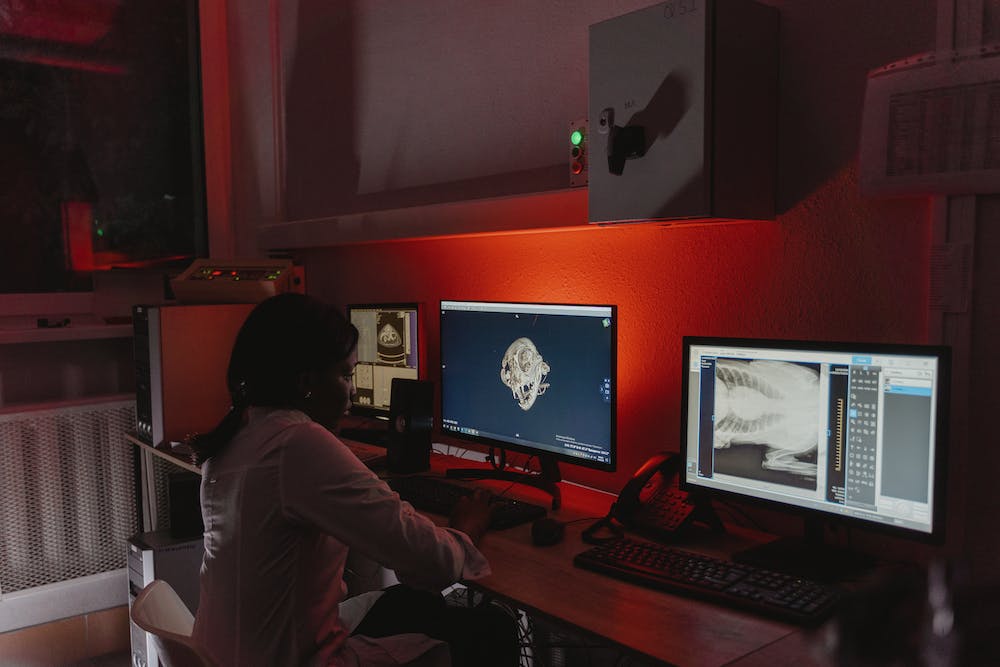
Step-by-Step Guide: How to Install Laravel on Windows
If you’re a web developer, chances are you’ve heard of Laravel, a powerful PHP framework that helps simplify web development. In this step-by-step guide, we will walk you through the process of installing Laravel on your Windows machine. So, let’s get started!
Step 1: Install XAMPP
The first step in installing Laravel on Windows is to set up a local development environment. To do so, we recommend using XAMPP, a popular software package that includes Apache, MySQL, and PHP.
Head over to the XAMPP Website and download the latest version compatible with your Windows operating system. Run the installer and follow the on-screen instructions to complete the installation.
Step 2: Enable Required Extensions
After installing XAMPP, open the XAMPP Control Panel and start Apache and MySQL. Once they are running, click on the “Config” button next to Apache and select “PHP (php.ini)”.
In the php.ini file, search for the following extensions and remove the semicolon (;) from the beginning of each line to enable them:
extension=openssl
extension=pdo_mysql
Save the changes and restart Apache for the changes to take effect.
Step 3: Install Composer
Composer is a dependency manager for PHP that Laravel relies on. To install Composer, go to the Composer Website and download the Windows Installer.
Launch the installer and follow the instructions to complete the installation. Afterward, open the command prompt and type “composer” to verify that Composer has been successfully installed.
Step 4: Install Laravel
Now that the prerequisites are in place, IT‘s time to install Laravel. Open the command prompt and navigate to the directory where you want to install Laravel.
cd C:\xampp\htdocs
Once you are in the desired directory, run the following command to create a new Laravel project:
composer create-project --prefer-dist laravel/laravel project-name
Replace “project-name” with the desired name for your Laravel project. Composer will download and install all the necessary files and dependencies for Laravel.
Step 5: Set Up Virtual Host
To access your Laravel project from a browser, you need to set up a virtual host. Open the Apache configuration file by clicking on the “Config” button next to Apache in the XAMPP Control Panel and selecting “httpd.conf”.
Look for the following section:
# Virtual hosts
# Include etc/extra/httpd-vhosts.conf
Remove the “#” from the beginning of the second line to uncomment IT. Save the changes and open the “httpd-vhosts.conf” file by clicking on the “Config” button next to Apache and selecting “httpd-vhosts.conf”.
Add the following code at the end of the file:
DocumentRoot "C:/xampp/htdocs/project-name/public"
ServerName project-name.local
Replace “project-name” with the same name you used when creating your Laravel project. Save the changes and close the file. Lastly, edit the hosts file located at “C:\Windows\System32\drivers\etc\hosts” by adding the following line:
127.0.0.1 project-name.local
Save the hosts file and restart Apache from the XAMPP Control Panel.
Step 6: Test Your Installation
Open your web browser and navigate to “http://project-name.local”. If you see the Laravel welcome screen, congratulations! You have successfully installed Laravel on your Windows machine.
Conclusion
Installing Laravel on Windows can seem daunting, but by following this step-by-step guide, you should have no trouble setting up a local Laravel development environment. Remember to install XAMPP, enable the required extensions, install Composer, create a new Laravel project, set up a virtual host, and test your installation. Happy coding with Laravel!
FAQs
1. Can I install Laravel on Windows 10?
Yes, you can install Laravel on any version of Windows, including Windows 10.
2. Do I need to know PHP to use Laravel?
While a basic understanding of PHP is helpful, Laravel provides an elegant syntax and a wide range of features that can simplify web development tasks, even for those new to PHP.
3. Can I install Laravel without XAMPP?
Yes, you can install Laravel without XAMPP by manually setting up a PHP development environment, but XAMPP provides an all-in-one solution that makes the process easier.
4. Can I use Laravel on other operating systems?
Absolutely! Laravel is compatible with Windows, macOS, and Linux, allowing you to develop web applications on your preferred operating system.
5. Is Laravel free to use?
Yes, Laravel is an open-source framework released under the MIT license, which means IT is free to use and modify according to your needs.





